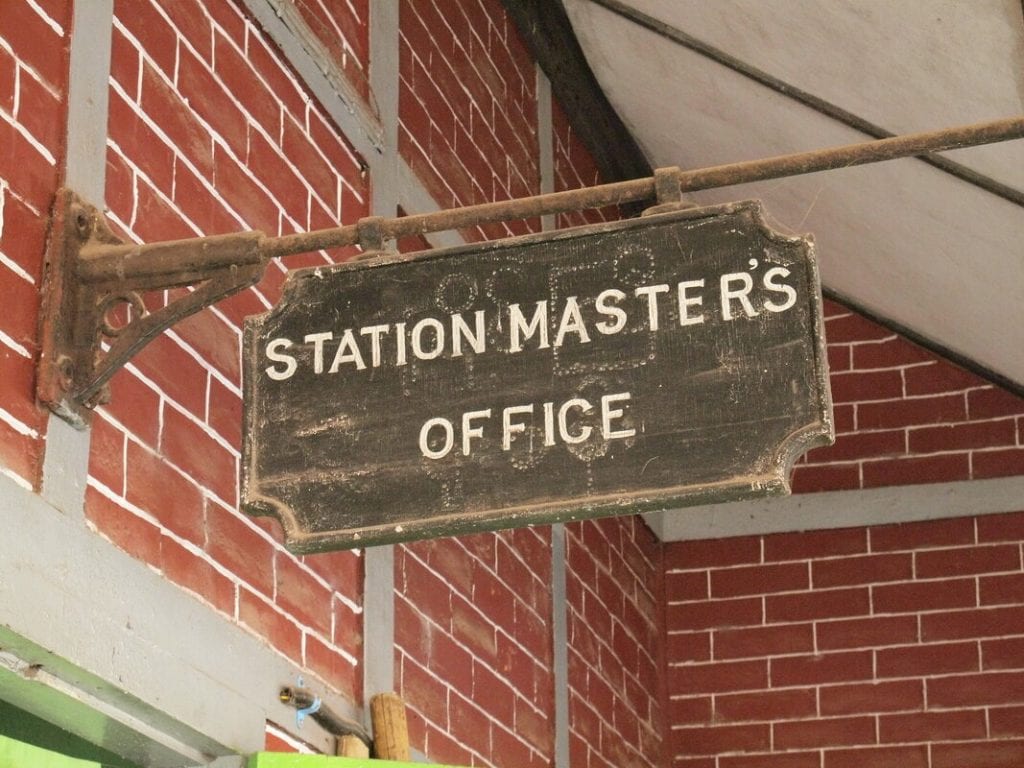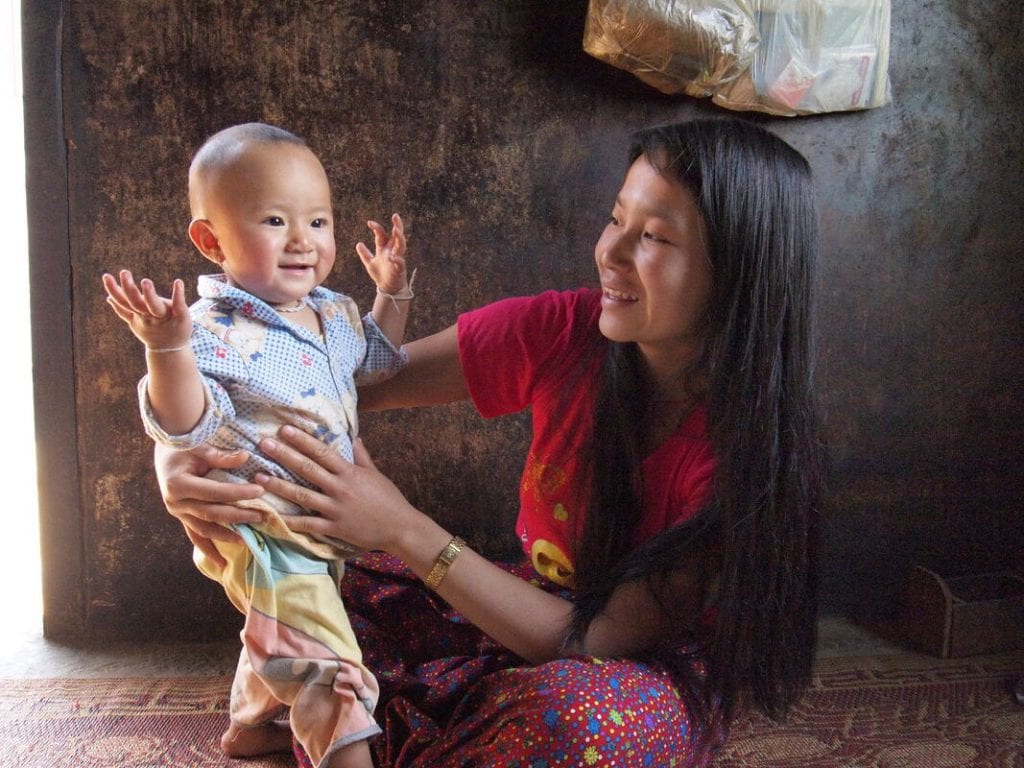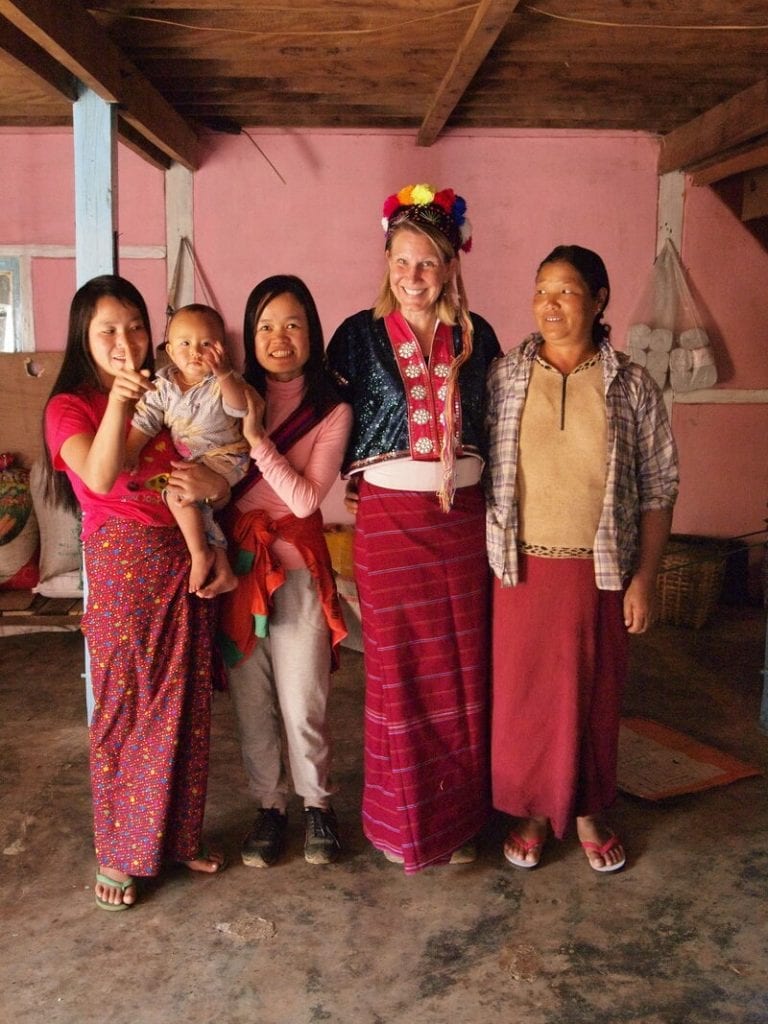Kalaw – a hiking destination
After a very bumpy, windy, and dusty 6-hour journey, including a stop at a dodgy-looking yet ok roadside restaurant, I arrived in Kalaw. It’s a small town, and most people bypass it completely on their way to Inle Lake. However, it’s a great stop for some hiking. You can even do a 2- or 3-day hike to Nyaung Shwe, the town on the shores of Inle Lake.

Day hiking around Kalaw
I sign up for an all-day trek around Kalaw for the following day. There is one other person with me so it’s more like a private tour. First thing in the morning, we are met by our guide, Mary, and set off. This is the first female trekking guide I’ve come across in my 7 months in Asia. When I ask about her name and why it doesn’t sound Burmese, she tells me she’s a Christian. That makes her the first Burmese Christian I have met too. We spend the morning hiking under an increasingly hotter sun. There is very little shade and the vegetation is dry as a bone.
The wet season runs from June to October, so things are tinder dry by March. There are a few small fires burning. Farmers start them to clear land for crops and to create firestops to control brush fires. The vegetation is mostly pine trees and the crops include tea, orange groves, and some avocado trees. It feels more like southern Europe and the Mediterranean than SE Asia.

The Palaung tribe and Nepalis of Myanmar
Our first stop is at the Palaung tribe village. We drop in for tea at a new mum’s house and meet her 10-month old baby. By offering tea to tourists they make a little money and find out about the outside world they have been cut off from for so long. It’s also a chance to try on some traditional clothes. Not my thing really, but I feel I would insult them if I said no. Turns out to be a bejewelled jacket, with the typical longyi (sarong) and a very colourful hat. Unlike similar things I’ve worn before, they don’t make me look too ridiculous!
We push on and have a brief lunch stop for some Nepali food – guacamole and curried potatoes with chapatis. There are a surprising number of Nepalis in Myanmar. When the British built the railroad from Burma to India, they came over to find work. With little else for them back home, they stayed.
After lunch we get off the main track and move into the forest where it feels a little cooler. It’s a gentler walk through pine forests and vegetable plantations of kale and strawberries, more reminiscent of the romantic Burma of old that you see in movies and read about in books. That is, until we get closer and hear the pumping hip-hop that the farmers are listening to! All romance evaporates like water off the rice fields!
As in the rest of the region, there is a distinct lack of animal life, although we do see the odd bird. It’s a strange feeling, being in the countryside yet encountering no wildlife whatsoever. Most of it has been hunted for bush meat during the lean years when there was little food. There are barely any chickens in the villages either, although eventually we do come across a few.
Along the way, I learn that every village has a primary school and a monastery. Primary school only goes up to the fourth grade. They are now trying to extend that to seventh, starting with the larger villages.
Most poor people will send their kids to school for the most basic education. After that they prefer to have them at home to help out with farming. It’s not that they have to pay for schooling, books, or uniforms. They are all provided by the government, but they can’t see the point in educating their kids further. Education has no use in farming and village life and they’re better off helping out sooner rather than later.
I also learn that things have changed quite significantly in the last 3 years. Education is now compulsory and free across primary and secondary school. Young boys are sent to the monastery, just as they are in Laos. But unlike Laos, here it is not in order to get a better education. Novice monks will join regular school if they are in the temple. Here, they are sent to the temple to gain merit, part of their Buddhist religion. Quite often they also spend the summer holidays here while their parents work.
It’s tempting to ask questions about the political situation in Myanmar, but I keep them to myself. I get the feeling Mary wouldn’t be too comfortable answering them. I bid her farewell at the end of the day, exhausted and dusty. Finally, I fall asleep looking forward to an early morning local minivan ride to the town of Nyaung Shwe for Inle Lake.

Where to stay, eat and drink in Kalaw
I stayed at the Hillock Villa, a short walk from the town centre. Lovely bed and breakfast with very knowledgeable and helpful staff who helped me book onward travel. A 10-minute walk away are a number of restaurants, local shops and the Kalaw market.
Other things to do in Kalaw
As well as day treks, you can hike to and from Inle Lake. Tour companies will transport your bags and all you’ll need to carry is what you need for the trek.
Check out Kalaw market for fresh fruit, vegetables and fish. It rotates around the surrounding areas and comes to town every 5 days.
Wander over to the colonial train station, built by the British, and where you can catch a train to Thazi – one of the most scenic train journeys in the country.
Visit the Buddha Cave, a limestone cave in the mountainside filled with golden statues of Buddha, and a place of religious pilgrimage for Buddhists.
